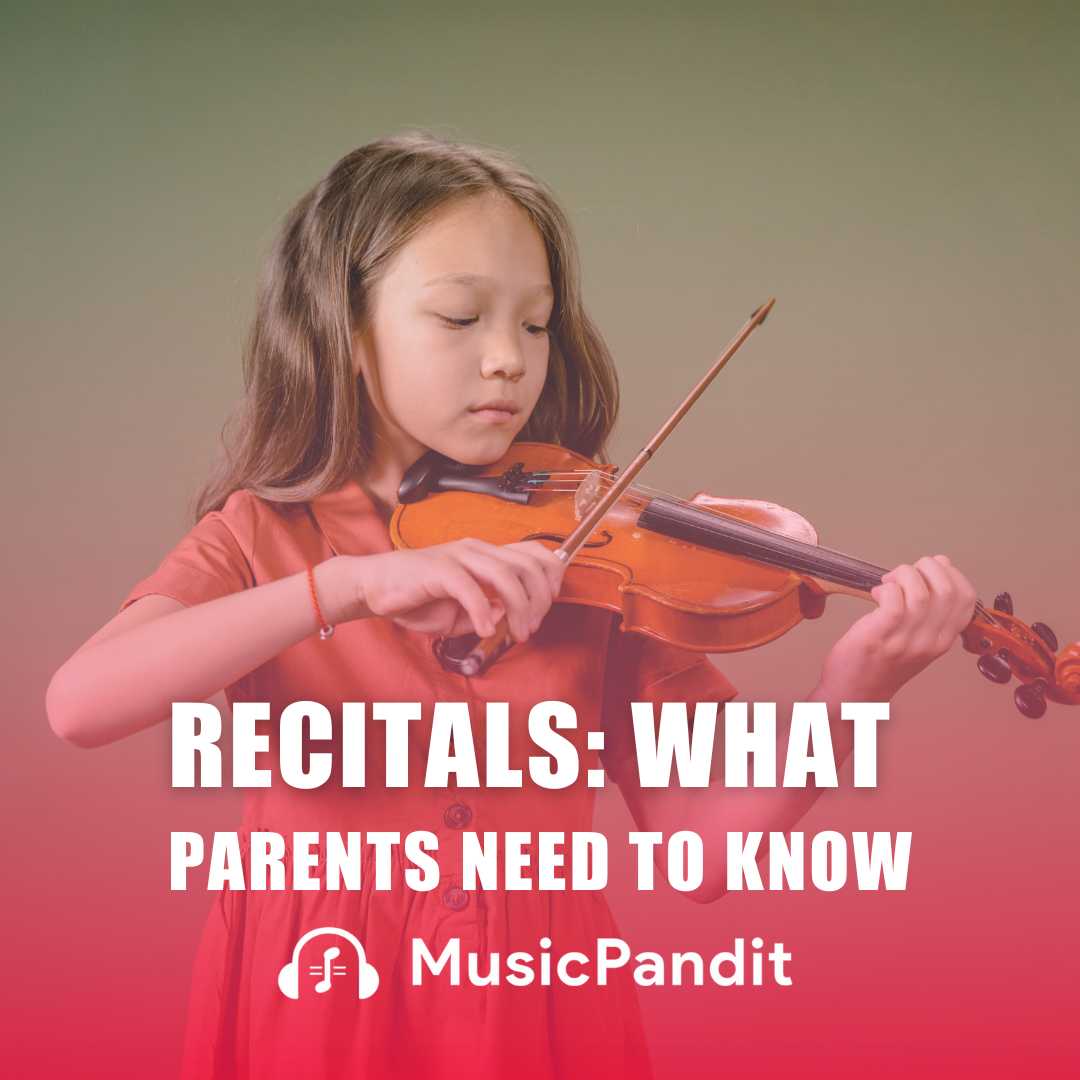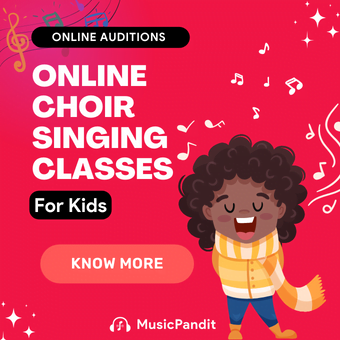Hindustani vocal music, rooted in centuries of culture and artistic richness, holds immense potential for positively impacting a child’s development. Beyond its aesthetic appeal, this art form gives a holistic technique to learning and self-expression.
In this exact exploration, we discover the multifaceted benefits of Hindustani Vocal Music, delving into cognitive improvement, emotional expression, cultural understanding, confidence constructing, and social interaction.
Benefits of Hindustani Vocal Music
1. Cognitive Development
Engaging in Hindustani Vocal Music gives a unique cognitive exercise for children. Learning classical ragas and tricky compositions calls for sustained focus, attention to detail, and memory retention. This intellectual stimulation not just complements awareness but also sharpens critical questioning and problem-solving capabilities. As the child navigates the complexities of ragas and talas, they develop a heightened experience of auditory discrimination and musicality. Research suggests that such musical education can bolster cognitive abilities, mainly to progress instructional performance throughout diverse subjects.
Moreover, Hindustani Vocal Music fosters creativity and creativeness, encouraging children to explore new musical ideas and improvisations within the framework of established traditions. This combo of structured mastering and innovative expression cultivates a well-rounded cognitive profile, equipping children with valuable skills for lifelong learning and intellectual growth.
2. Emotional Expression
Music has long been diagnosed as a powerful medium for emotional expression and introspection. In Hindustani Vocal Music, every raga is associated with specific feelings, moods, and seasons, supplying a rich palette for emotional exploration. As children discover ways to interpret and convey these nuanced expressions through their singing, they increase a deeper understanding in their very own feelings and those of others. This method of emotional identity and expression nurtures empathy, self-consciousness, and emotional intelligence.
Furthermore, Hindustani Vocal Music gives a safe and established outlet for processing complex feelings such as grief, joy, longing, or devotion. Through the melodic contours of ragas and the rhythmic styles of taals, they learn how to channel their emotions constructively, fostering resilience and mental well-being. This emotional adulthood enriches their musical performances but additionally translates into more desirable interpersonal talents and conflict resolution abilities in normal existence.
3. Cultural Understanding
Hindustani Vocal Music serves as a gateway to Indian culture, history, and spirituality. Each raga contains with it a rich tapestry of cultural importance, reflecting nearby traditions, philosophical concepts, and aesthetic sensibilities. By immersing themselves within the examination of Hindustani Vocal Music, children gain a deeper appreciation for his or her cultural historical heritage and identity. They learn about the diverse musical forms in the Hindustani tradition, inclusive of dhrupad, khayal, thumri, and bhajan, each with its own distinct style and historical evolution.
Moreover, Hindustani Vocal Music fosters cross-cultural cognizance and international citizenship. When children explore special ragas and musical genres, they come upon impacts from various regions and cultures, fostering a spirit of inclusivity and cultural interest. This exposure to diverse musical traditions complements their capability to connect with humans from exceptional backgrounds, fostering mutual admiration and knowledge in an increasingly interconnected world.
4. Confidence Building
Mastering Hindustani Vocal Music calls for determination, discipline, and perseverance. As children progress in their musical adventure, they experience a sense of achievement and self-assurance. Learning complicated ragas, studying difficult taals, and appearing in front of an audience all make contributions to their personal growth and development. The manner of overcoming musical challenges instils a experience of resilience and backbone, empowering to address boundaries with self assurance in their abilities.
Furthermore, Hindustani Vocal Music affords possibilities for public performance, whether in formal live shows, recitals, or network occasions. These experiences most effectively exhibit their musical abilities but also hone their presentation skills, stage presence, and self-expression. Through high-quality remarks and encouragement from friends and mentors, kids construct a robust sense of self esteem and resilience, fostering an increased mindset and a growth mind-set toward learning and development.
5. Social Interaction
Music has a unique capability to deliver people together and foster significant connections. In Hindustani Vocal Music, children often have interaction in institution learning, ensemble performances, and collaborative projects. These collaborative reviews promote teamwork, communique, and cooperation, improving their social abilities and emotional intelligence. Whether singing in a choir, taking part in a musical workshop, or attending tune fairs, children develop a sense of belonging and camaraderie inside the musical community.
Moreover, Hindustani Vocal Music encourages cultural exchange and communication, as children engage with fellow musicians from various backgrounds and traditions. This pass-cultural engagement promotes empathy, cultural sensitivity, and international consciousness, nurturing accountable global citizens. By fostering significant connections and shared experiences through tune, Hindustani Vocal Music creates a supportive and inclusive environment where children can thrive socially and emotionally.
Conclusion: Enriching Your Child’s Life Through Hindustani Vocal Music
In the end, Hindustani Vocal Music gives a comprehensive range of benefits that profoundly affect a child’s development and well-being. From cognitive stimulation and emotional expression to cultural expertise, self belief constructing, and social interaction, this historic art form nurtures multiple sides of growth.
By embracing Hindustani Vocal Music as a part of their academic adventure, parents and educators empower children to liberate their complete capacity, cultivate lifelong abilities, and forge significant connections inside themselves and the world around them.















